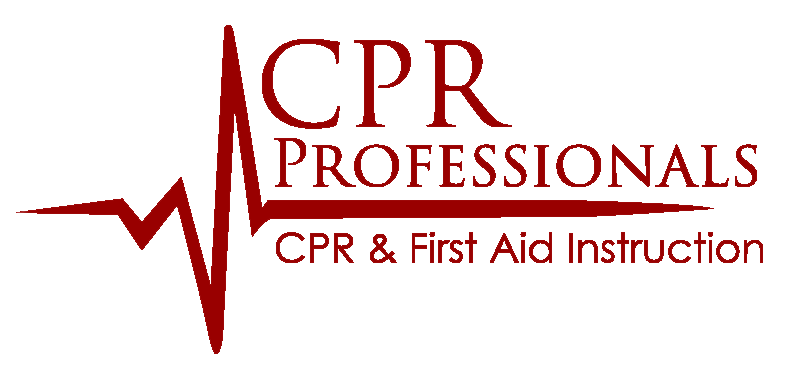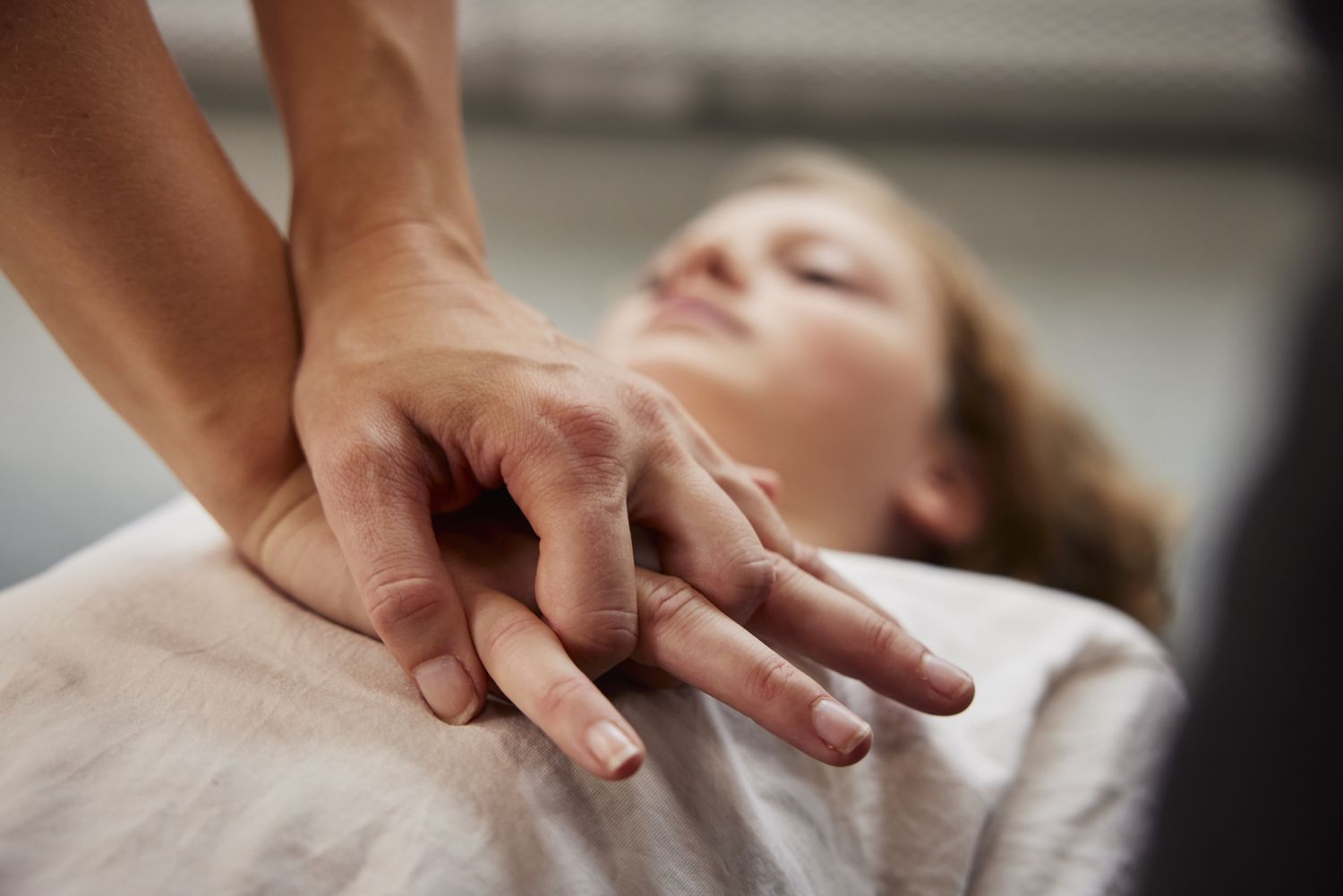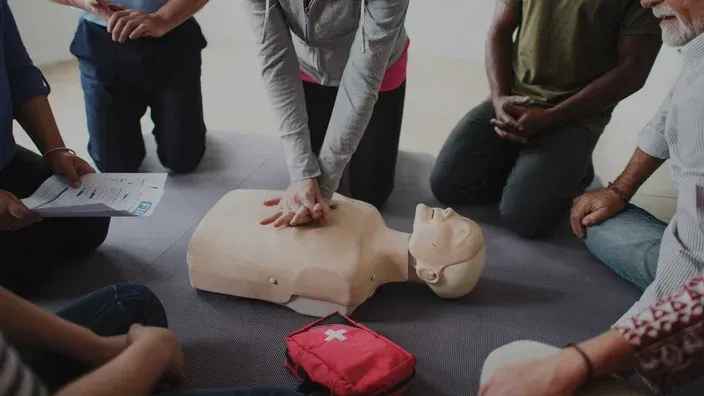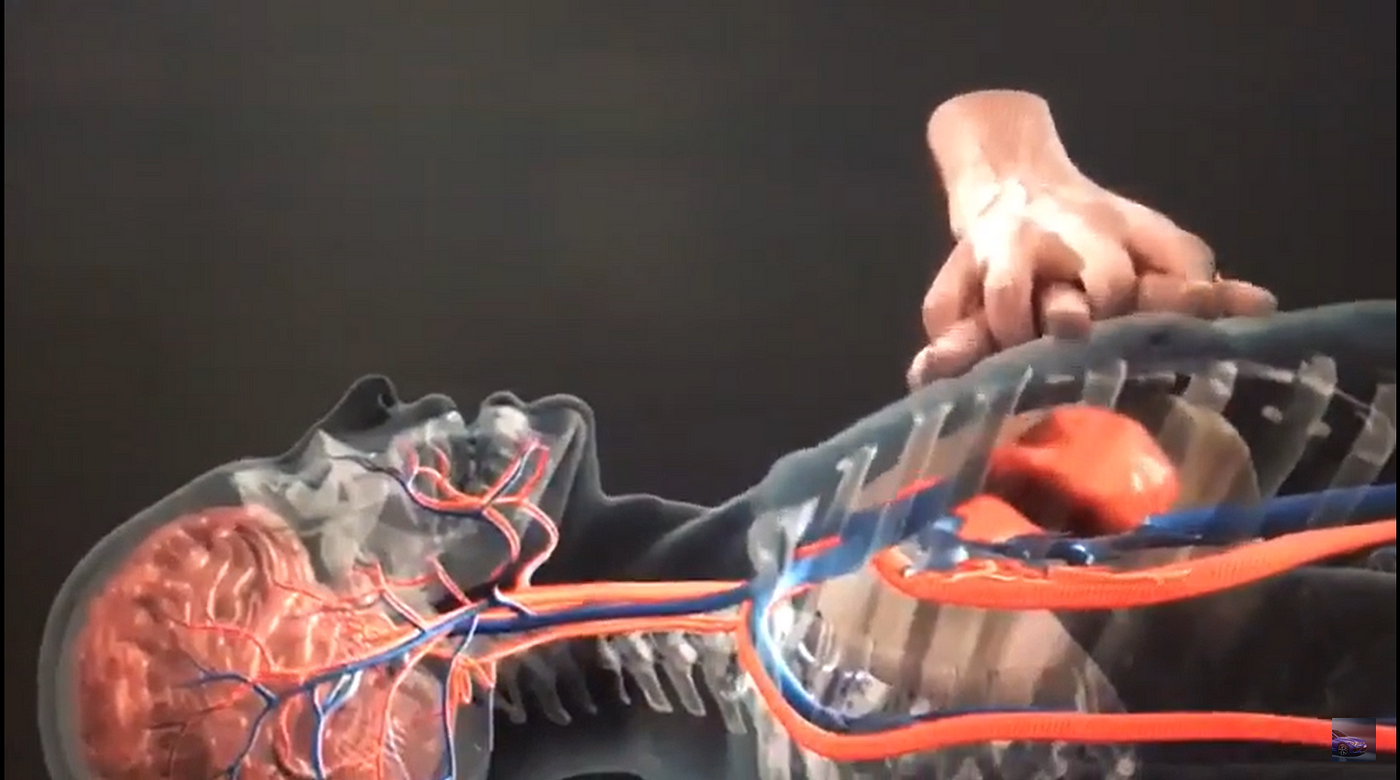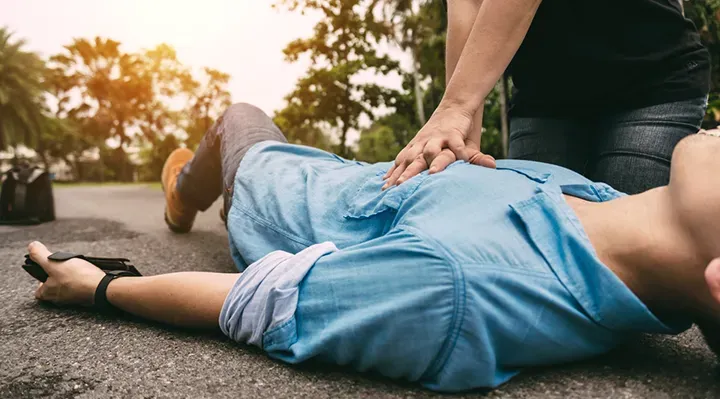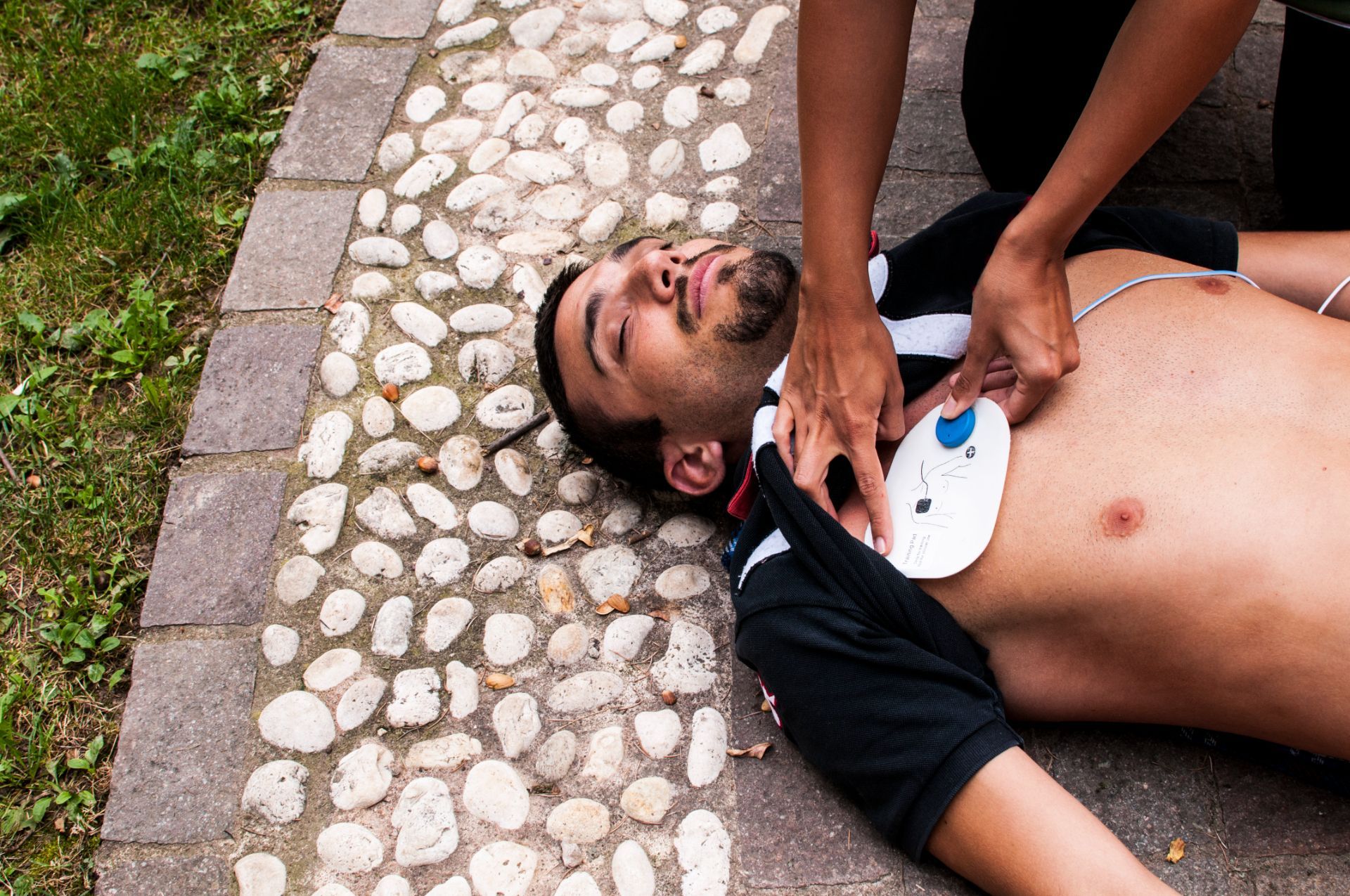How to Become a Certified CPR Instructor
How to Become a Certified CPR Instructor
Welcome to our guide on how to become a CPR instructor certified by the American Heart Association (AHA). We're here to help you understand each step, making sure you're ready to teach important life-saving skills.
The Importance of CPR Training
CPR (Cardiopulmonary Resuscitation) training is all about teaching people to respond quickly in emergencies. As a CPR instructor with a BLS (Basic Life Support) certification from the American Heart Association (AHA), you play a huge role in training others to save lives.
Your Journey to Becoming a CPR Instructor
Let's understand the steps to become a CPR instructor certified by the AHA.
Step 1: Basic Life Support (BLS) Certification
Your journey starts with the Basic Life Support (BLS) certification. In these BLS courses, you learn important skills like:
- How to assess emergencies
- How to perform CPR on adults, kids, and babies
- How to use a device called an Automated External Defibrillator (AED)
- How to help someone who is choking
Step 2: Advanced Training and Specializations
After you get your BLS certification, you can choose to learn more with special courses like Advanced Cardiovascular Life Support (ACLS) or Pediatric Advanced Life Support (PALS). These courses make you even better prepared as a CPR instructor.
Step 3: Get Real-World Experience
Before you can become an instructor, you need to get some real-life experience. This can be done by volunteering or working in healthcare. This experience helps you be a better instructor.
Step 4: Complete the Instructor Essentials Course
To become a CPR instructor, you need to finish an Instructor Essentials Course that the American Heart Association (AHA) recognizes. This course teaches you things like:
- Theories about teaching and learning
- How to organize your course
- How to communicate well
- How to give students feedback
If you’re wondering how much to become a CPR instructor, this step involves costs for the Instructor Essentials Course, which can range from $250 to $350, depending on the training center and materials provided.
Step 5: Monitored Teaching Session
After you finish the instructor training, someone from the Training Center Faculty will watch you teach your first class. This monitored teaching is to make sure you're ready to teach CPR well.
Picking the Right AHA Instructor Course
When choosing an AHA BLS Instructor course, think about:
- Accreditation: The course should be recognized by trusted health organizations.
- Curriculum: The course should cover everything you need to know about teaching CPR.
- Hands-on training: The course should let you practice your skills.
- Support after the course: Choose a course that gives you ongoing help, like access to an instructor manual.New Paragraph
Embarking on Your Journey
Becoming a CPR instructor takes some hard work, but the rewards are great. Not only will you learn valuable skills, but you'll also have a big role in teaching others to save lives. With this guide and your Instructor Card, you're ready to start this amazing journey. Good luck as you work to become a certified CPR instructor!
Don't forget, within a few months of completing your training, you'll be able to give your students certification cards that show they've learned aid CPR and Basic Life Support (BLS). You'll also be able to explain how long does CPR cert last, ensuring your students understand the importance of keeping their certification current. So, start today.
